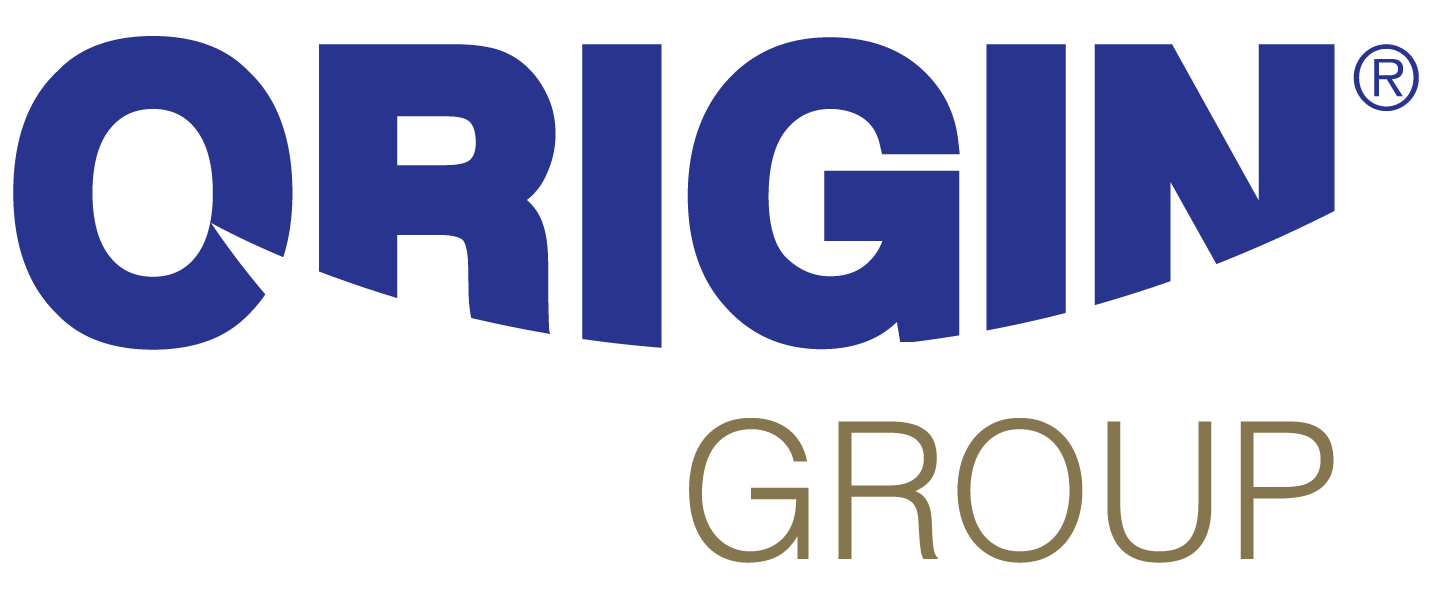
Sustainable Business Strategies
Green Workplaces, Green HR, and Future Trends Paving the Way for a Sustainable Future

Introduction to Sustainability
Sustainability is the practice of meeting our own needs without compromising the ability of future generations to meet their needs. It encompasses environmental, social, and economic dimensions. In the business context, sustainability involves adopting strategies and practices that promote long-term growth and profitability while ensuring environmental protection and social equity.

Importance of Sustainability in Business
Sustainability is crucial for modern businesses as it drives innovation, improves efficiency, and enhances brand reputation. Companies that embrace sustainability are better positioned to manage risks, meet regulatory requirements, and attract customers and employees who value corporate responsibility. Sustainable practices also lead to cost savings and open up new market opportunities.

Green Workplaces
Green workplaces are designed to minimize environmental impact and promote health and well-being among employees. This involves using energy-efficient lighting, reducing waste through recycling programs, and creating spaces that support natural light and ventilation. Green workplaces also encourage the use of sustainable materials and practices such as telecommuting to reduce carbon footprints.

Benefits of Green Workplaces
Environmental Benefits: Reduced energy consumption, lower greenhouse gas emissions, and less waste production
Economic Benefits: Cost savings from energy efficiency, waste reduction, and potential tax incentives.
Social Benefits: Enhanced employee well-being, increased productivity, and improved job satisfaction.

Green Human Resources (HR)
Green HR involves integrating environmental management into the HR practices of an organization. This includes recruiting and training employees with a focus on sustainability, developing green job roles, and encouraging eco-friendly behaviors at work. Green HR practices promote a culture of sustainability, ensuring that environmental considerations are embedded in the organizational culture.

Key Green HR Practices
Recruitment: Hiring candidates with a commitment to sustainability.
Training & Development: Offering programs that educate employees about sustainable practices.
Performance Management: Including sustainability goals in performance appraisals.
Employee Engagement: Encouraging participation in green initiatives and recognizing achievements in sustainability.

Future Business Environment
The future business environment will be increasingly shaped by sustainability. Companies will need to innovate and adapt to changing regulations, customer expectations, and environmental challenges. Businesses that lead in sustainability will have a competitive advantage, benefiting from increased resilience, better risk management, and enhanced reputation.

Trends Shaping the Future Business Environment
Regulatory Pressure: Stricter environmental regulations and compliance requirements.
Consumer Demand: Growing consumer preference for sustainable products and services.
Technological Advancements: Innovations in green technology and sustainable practices.
Global Initiatives:International agreements and collaborations aimed at addressing climate change.

Conclusion
Sustainability is no longer an option but a necessity for businesses aiming to thrive in the future. By adopting green workplace practices and integrating sustainability into HR functions, organizations can achieve significant environmental, economic, and social benefits. Embracing sustainability today ensures a resilient and prosperous business environment for tomorrow.
